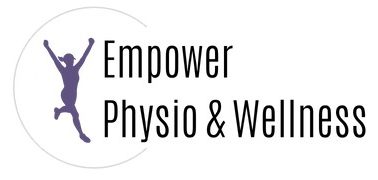The human experience includes but is not limited to the way we think, feel, look, and act. While some people credit a higher power, others believe their mind controls their experience. Very few of us give credit to the system that actually influences the brain’s ability to function: the nervous system.
The nervous system is very complex and misunderstood. An honest academic would admit to you that we still don’t have a lot of information about it, but we know enough to make sense of its role in our human experience.
During your last check-up, your doctor likely measured your temperature, heart rate, blood pressure, and may have done some blood work. What they probably didn’t measure was your heart rate variability (HRV). HRV measures how well your nervous system is functioning—the very system that controls all of the other measurements your doctor did take, including some of the results in your blood work.
Until recently, HRV has been a difficult measurement to take and has not received enough attention within the medical and academic communities. The Soviet Union was the first group to conduct research on the use of HRV and its therapeutic roles within medicine.
During that time, they used a method called HRV biofeedback to treat patients for cancer, anxiety, depression, PTSD, and heart failure. Sadly, much of this work was kept a secret so when the Union collapsed, many of the findings and breakthroughs regarding the use of HRV were lost.
Fortunately, institutes such as the HeartMath Institute and the Biofeedback Certification National Alliance have been doing amazing work to bring back the use of HRV and biofeedback. These institutions have conducted very successful research on the use of HRV biofeedback to treat forms of cancer, ADHD, depression, PTSD, heart failure, trauma symptoms, and even to improve sports performance.
Today, companies such as Whoop, Apple, Fitbit, and more have made the metric available to everyday individuals like you and me. With easy-to-understand methods, we can use HRV readings to assess how well our daily habits and way of living are actually impacting us in real time.
HRV readings fluctuate and change all the time. In fact, your HRV has changed slightly as you read this blog post. For this reason, some people disregard it due to its variability, but it’s a very accurate measurement of how much stress your system is under. From being stuck in traffic, to work, emotional stress, social stress, and even the stress of healthy habits like working out, all can be measured by your HRV, making it a really great way to monitor how your body and mind are actually performing. It goes beyond your general heart rate or blood pressure measurements, which offer only a limited window into how well you’re doing.
So, how can you use HRV as a measurement of health? Start taking it first thing in the morning to see how well you’ve slept and recovered. You can also track how well you’re managing stress. Use this feedback to adjust your lifestyle until you find that sweet spot—a sweet spot that shows you’re taking on a healthy level of stress, recovering well from that stress, and making progress in all areas of life.
Stay tuned for part two about the connection between the nervous system and HRV readings.

Benn Mudzi is the founder of Xnox Performance, a functional performance training business. After a serious injury ended his college football career, Benn noticed many shortcomings in the healthcare system while recovering from surgery. This sparked a passion for optimizing human performance through holistic approaches and education. He’s used his knowledge of biomechanics, holistic coaching, and sports performance to develop a comprehensive weight training program for fitness and sports athletes.



